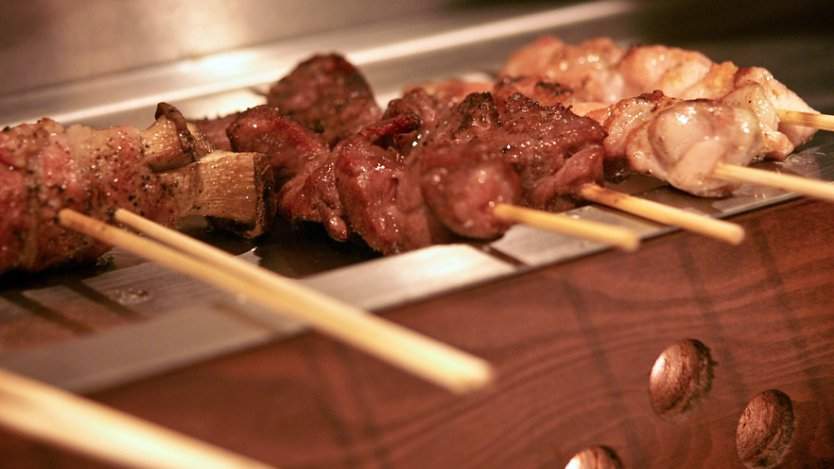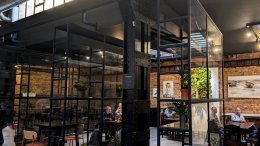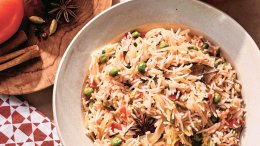As the British travelled the world, building the empire where the sun never sets, they brought along pints and pith helmets to establish a reminder of home, no matter how far they were from their native England.
Conversely, there is no doubt that the land of the rising sun has influenced many people all over the world, not colonially, but culturally, putting their twist on every facet of global mainstream culture, including the most dear of Western social institutions: the classic pub.
A Japanese style pub, known as an izakaya, serves the same purpose for many Japanese who are looking for a casual setting to eat, drink and be merry. These restaurants can trace their lineage back to the days where sake (an alcoholic beverage made with rice) shops allowed patrons to stay and drink, serving small shared dishes to accompany the alcohol. Modern izakayas are often identified by a lit sign on the street which emulates the red lantern that often hangs outside the door to welcome patrons inside to eat and drink.

Here in Canada, where we’ve also embraced the concept of the pub (though, we’ve distorted it into its modern form with paneled wood decor, off-the-shelf bric-à-brac, sometimes questionable beer and shepherd’s pie made of beef. Who has ever heard of a shepherd tending to cattle?) izakayas are gradually becoming a part of our mainstream culture as a more stylish alternative to traditional pubs.
The menu at an izakaya is expansive, touching on almost every corner of the Japanese gastronomic map. Because of this, there is an option for everyone; many patrons are able to order just by naming their favourite dishes no matter which izakaya they walk into (much like the ability to order wings and fish and chips regardless of which pub you walk into).
In almost all izakayas, one is guaranteed to find tempura of all types, chicken karage (deep-fried chicken, usually thighs), grilled squid and eel, fish on skewers, refreshing daikon salad with plum vinaigrette, onigiri (rice balls), yakitori (grilled skewers), sushi, sashimi, okonomiyaki (a fried savoury cabbage pancake) and some takes on Western food like pizzas and sweet corn with butter. Each izakaya will have local or store specialties which are usually explained to patrons by the server.
The most important part of the izakaya experience is the drinking. Although izakaya originated from sake houses, beer has since supplanted sake as the choice beverage. The wait staff will often hear, “nama beeru onegaishimasu!” (“draft beer please!”) and “okawari onegaishimasu!” (“Another please!”) from their guests. Many different types of sake and shochu (a 50-proof Japanese vodka-style spirit made from either barley or potatoes) are available in a variety of styles.
Shochu is a popular option for non-beer drinkers as it can be served with water, lemon, a pickled plum for more serious drinkers, or mixed with freshly squeezed fruit juices and ice, also referred to as a chu-hi (which can also be found in convenience stores and vending machines; a great hangover recovery drink).
A night at an izakaya in Japan is rarely expensive. A small plate costs anywhere from two hundred to six hundred yen (two to five dollars) with a glass of draft beer in the same range, making a night out with friends easy on the pocket book. This is another reason why izakaya are the standard setting for “enkai” or semi-formal work parties.
The immediate image of Japanese cuisine -- raw fish and rice, or impeccably designed and carefully fawned over kaiseki meals -- is changing. Japanese cuisine spans all strata, right down to the beer drinking and grilled-meat-on-a-stick eating, which people from almost every culture can relate to and enjoy. In this sense, izakaya truly is the public house of the East, where eating a simple meal and drinking (a bit too much) beer only serves to strengthen friendships.













